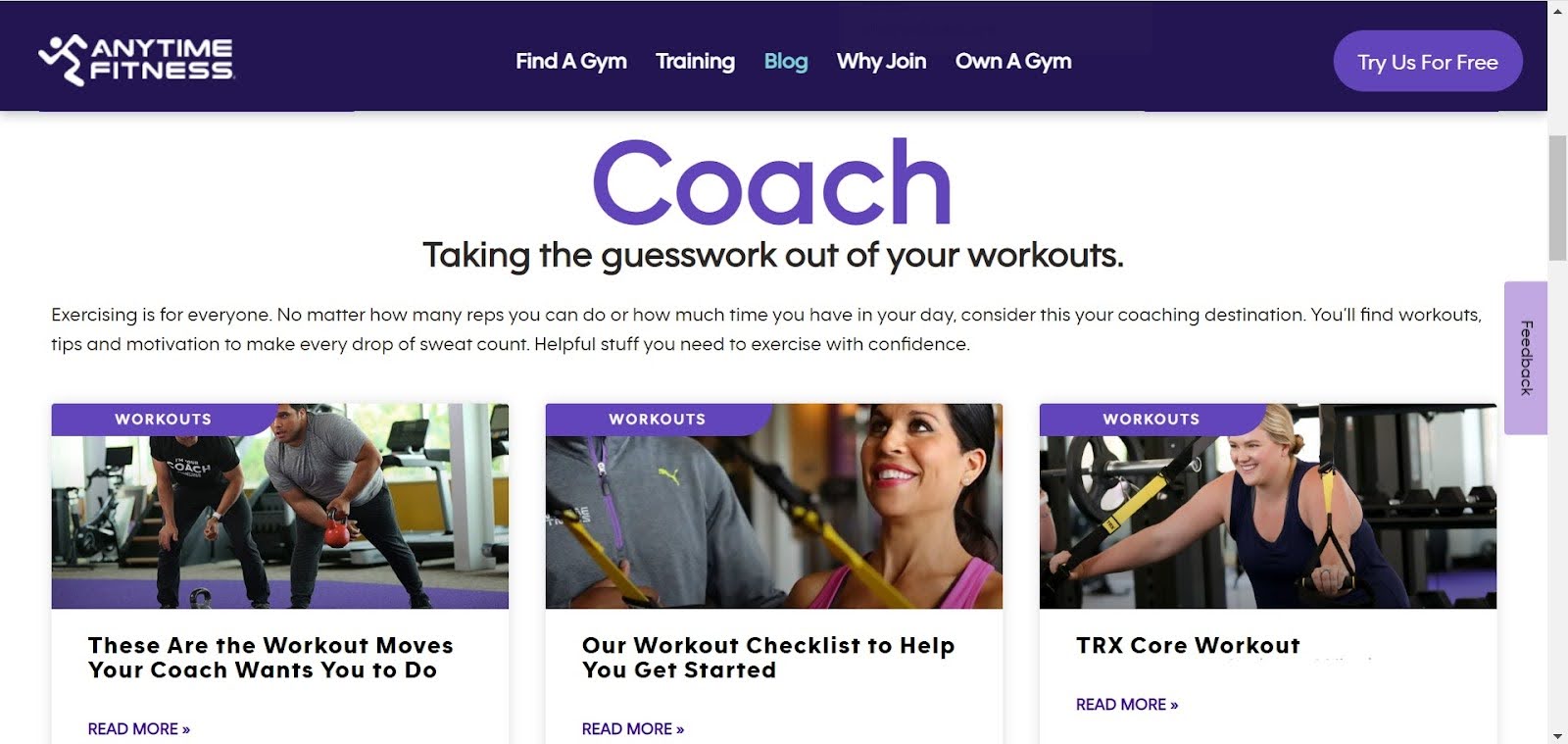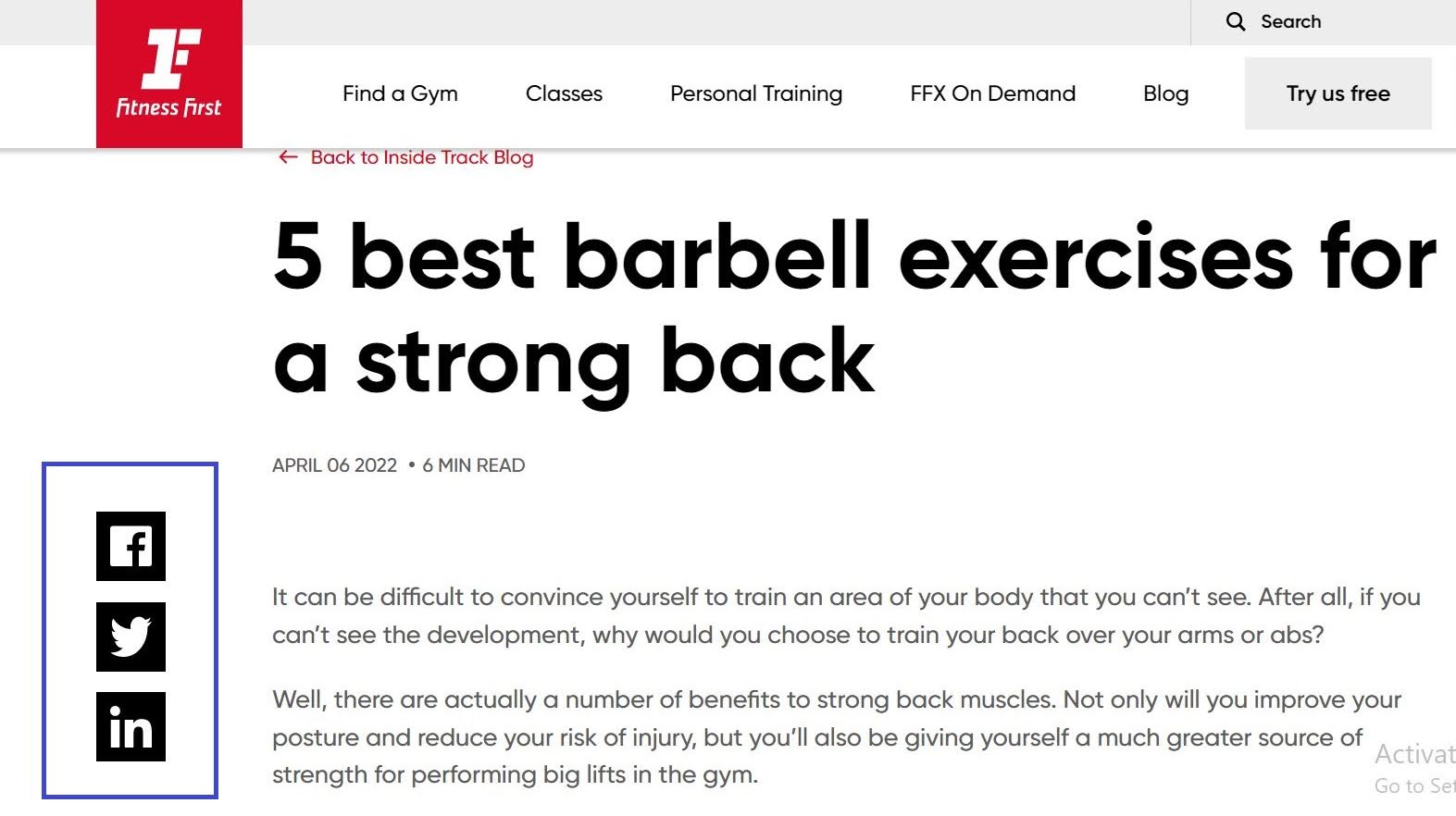Marketing is a powerful tool to help you grow your fitness business and attract new prospects. It’s easy to think that all you need to do is write compelling copy and publish it online, but in reality, there’s much more to creating truly effective fitness content marketing. Here’s everything it takes:
- Create a noteworthy blog
- Define your audience and engage with them
- Take advantage of social media
- Don’t ignore the importance of SEO
- Make it easy for your audience to refer you
- Use analytics to improve results and conversions
- Experiment and try new things
- Have a consistent tone and strategy
- Be a resource for your audience
- Create a weekly or monthly newsletter









3. Take advantage of social media
Social media is a great way to reach new people and increase your online presence. Make sure you’re using relevant social media platforms for your target audience, as some are better suited than others. Facebook and Instagram are both top social tools. Facebook still has a massive user base. Instagram is also a good choice for fitness professionals since it’s more visually oriented.
Just like the blog, a fitness content calendar is important for your social media plan as well. You can’t possibly think of and type out a new post every day in the midst of a busy day at your fitness facility. Create a social fitness content calendar instead, with the frequency, type, and content of the post you’ll like to publish over the course of a month.